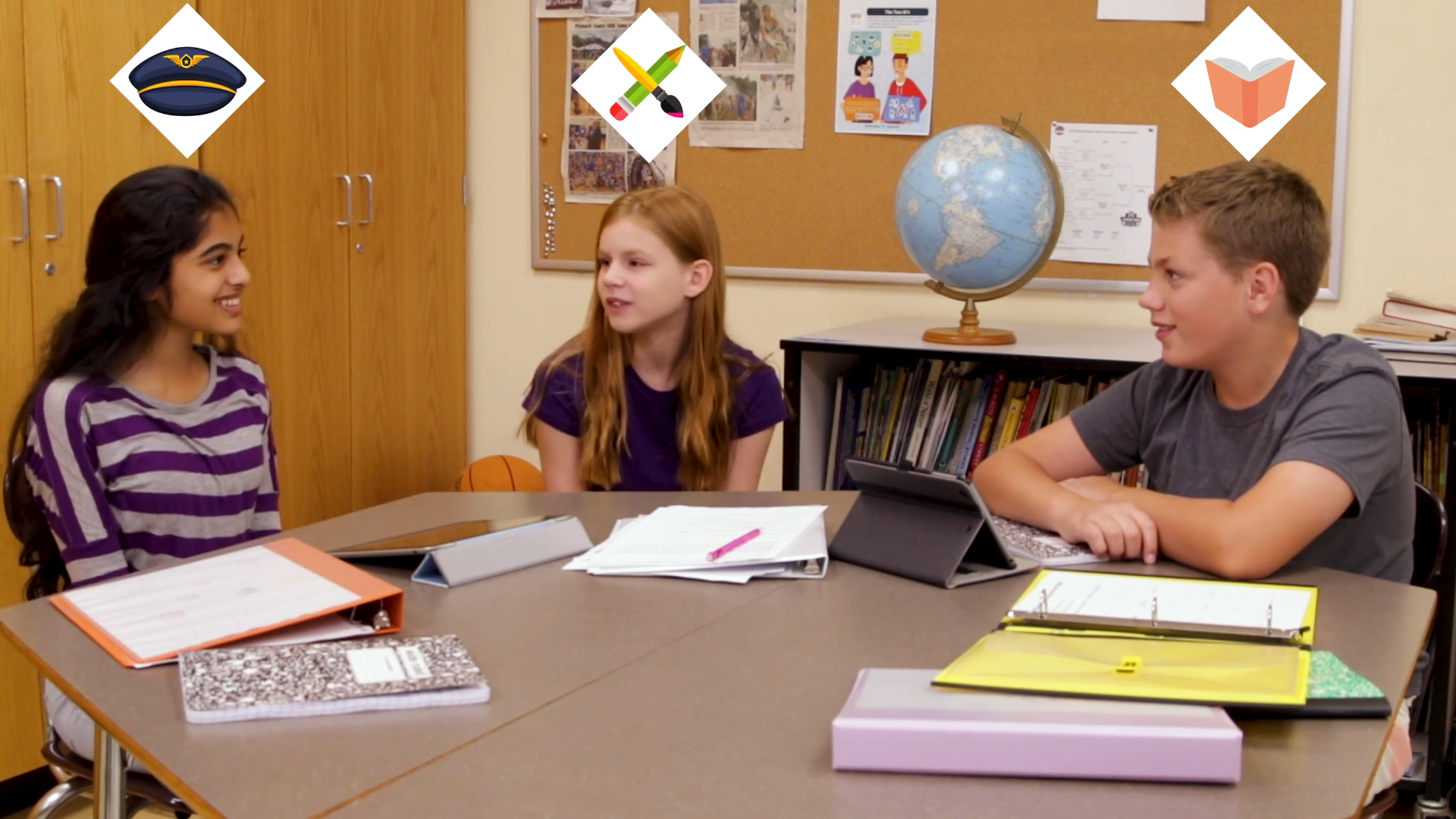
Introduction
Disagreements are a natural part of life, especially in a classroom setting where students have different ideas and wants. One crucial skill to help students navigate these situations is compromise. Compromise involves giving up part of what you want in order to let someone else have part of what they want. By teaching students how to compromise, we are fostering social-emotional learning and promoting a harmonious classroom environment.
No-Prep Activity: The Compromise Game
In this activity, students will practice compromising by working in pairs. Each pair will be given a scenario that requires them to reach a compromise. They will take turns suggesting compromises using phrases such as “Why don’t we…”, “How about if we…”, and “What if we…”. The goal is for them to find a solution that satisfies both parties.
- Divide the students into pairs.
- Provide each pair with a scenario that requires compromise. Examples of scenarios could be deciding on a game to play during recess or choosing a topic for a group project.
- Give the students a few minutes to discuss and reach a compromise using the suggested phrases.
- Once they have reached a compromise, have each pair share their solution with the class.
- Discuss as a class the importance of compromise and how it helps maintain a positive learning environment.
Discussion Questions
- Why is compromise important in our everyday lives, especially in a classroom setting?
- Can you think of a time when you had to compromise with someone? How did it make you feel?
- What are some strategies for finding a compromise that satisfies both parties involved?
- How can compromising help us build better relationships with others?
- Why is it important to approach compromise with a positive attitude and open-mindedness?
Related Skills
Teaching students the art of compromise is just one aspect of social-emotional learning. Other related skills that can help students build healthy relationships and navigate challenging situations include:
- Active listening: Encouraging students to listen carefully and attentively to others, showing that they value and respect their peers’ opinions.
- Empathy: Helping students understand and share the feelings of others, fostering a sense of compassion and connection.
- Conflict resolution: Providing students with tools to resolve disagreements in a constructive and respectful manner.
- Assertiveness: Teaching students how to express their needs and wants clearly and respectfully, without being aggressive or passive.
Next Steps
Now that you have a better understanding of how to teach compromise and its importance in social-emotional learning, it’s time to put these concepts into practice. To help you get started, we invite you to sign up for free samples of skill-based activities and resources, including those that focus on compromise and other essential social-emotional learning skills. These materials are designed to support educators like you in fostering a positive and collaborative classroom environment.

